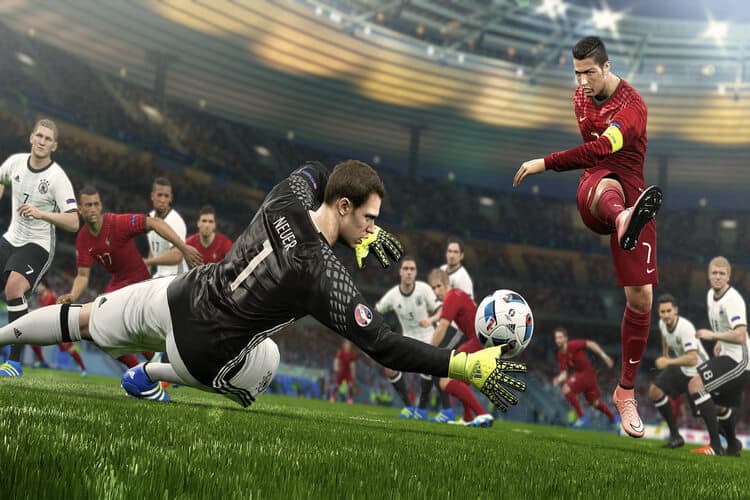One of the fastest growing forms of entertainment in the iGaming industry is virtual sports betting. Participants are betting money on the results of matches that never happened and will never happen in reality. Pure computer simulation. Why are they doing this?
After the quarantine, many bettors had difficulty with further bets. Instead of the usual sports, we had to consider new sports for subsequent bets. Virtual sports became the favorite, which gained immense popularity during the quarantine, and after the resumption of world championships. Many bettors have explored new types of betting by placing bets on virtual sports.
Reasons for the virtual sports popularity
The phenomenon appeared for a simple reason. Firstly, there are not so many real sports events of interest to bookmakers and gamblers. Secondly, they do not always take place at a convenient time. And many people want to experience a sense of excitement and be able to win more often. In this case, you can do this at least every few minutes, said Michael Boettcher, the Shangri La gaming brand founder.
Virtual sports, despite some issues, give about the same sensations as real sports events. The viewer sees athletes, their attempts to become leaders, various dangerous moments, mistakes.
Of course, virtual sports does not give analysis of specific teams and players. So experts and forecasters usually bypass it. But among ordinary people, and especially from countries with a low level of income and education, it is very popular. For example, it shows excellent performance in African countries.
But there are options for analytics fans as well. Nobody bothers to create entire virtual leagues from virtual teams. Create unique multiplayer events with many interactive elements (like in esports broadcasts). Technologies for this have already been created, it remains to wait for the full-scale implementation. You can even imagine that virtual sports will surpass real ones in terms of the bets volume.
From a technical point of view, all virtual sports can be divided into two types.
Computer modelling
The developers create 3D models of the field and players, and then add all the necessary animations and interaction logic. Modern game engines like Unity allow for fairly complex scenes, including not only what is happening in the main arena, but also outside it. These can be enthusiastic spectators, trees, buildings, vehicles.
The level of detail may vary depending on the effort involved. So, for example, at horse races, virtual horses in a simple version will jump over ordinary hard obstacles. If you complicate the model a little, then some of the obstacles will fall to the ground from touching. We complicate things and get obstacles from hay bales, which realistically crumble on the ground in collisions.
The higher the detail, the better animations and variability in the behavior of the participants, the higher the level of immersion for the audience. It is easier for them to believe that everything that happens on the screen differs little from reality. There is more trust and they are more willing to bet on such games.
But even games with modest 2D graphics can be profitable. Although the trend towards realism cannot be reversed.
Cutting videos from real sports events
A special program can simulate the process of a sports match, and assemble the visual sequence from videos taken from real matches of real-life teams. As a result, for example, viewers see real football players on the screen in a real field, wearing Arsenal and Manchester United jerseys. But in fact, Arsenal and Manchester did not play exactly such a match with the same scores and situations on the field.
This program operates on a thousands of videos database. Each of them contains a record of a short event: shot on goal, pass, foul, free kick, and so on. One program module generates logic, the second collects video material for it from ready-made pieces.
Time is money!
In both the first and second cases, the sporting event, as a rule, does not last as long as its real prototype. Especially when it comes to team sports such as football or hockey. The entire match is cut down to a few minutes. And there are several of them every hour.
A visitor to a website or sportsbook, said Darren Keane, Shangri La and Storm International CEO, can bet on his favorite sport at any time. Wait a few minutes and see the result immediately. It is very convenient and there is no reference to the time of real tournaments.
The small size of the video allows you to easily stream it to mobile devices, even with low network bandwidth. Using only a telephone, its owner can place bets and watch several football matches at once in one hour.
Content providers
There are a large number of large providers in the market that supply content for virtual sports, noted Darren Keane, Storm International. For example, these are companies like Betradar and Betgames. They offer a variety of sports including football, basketball, tennis, races, cricket, Formula 1. Bookmakers can flexibly manage the odds of the outcomes with the ability to adjust the margin for each event or group of events.
